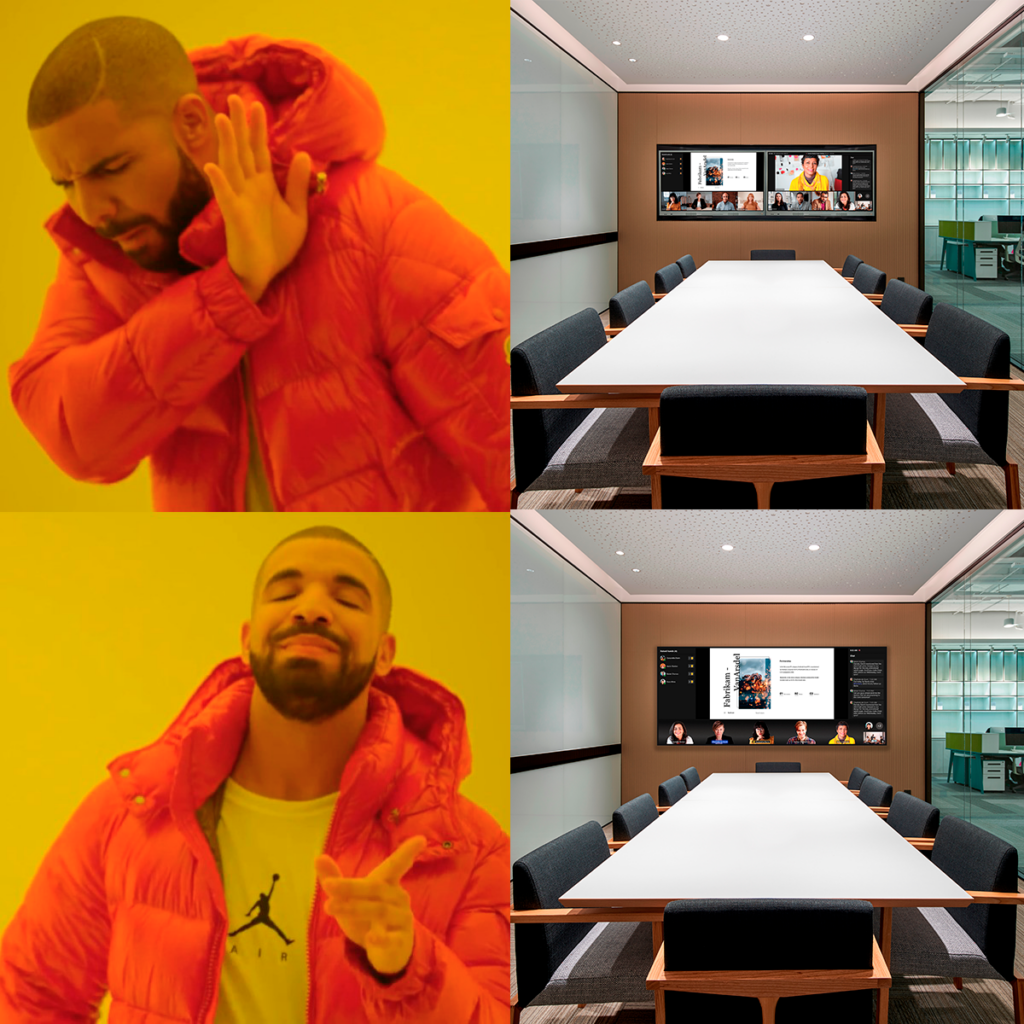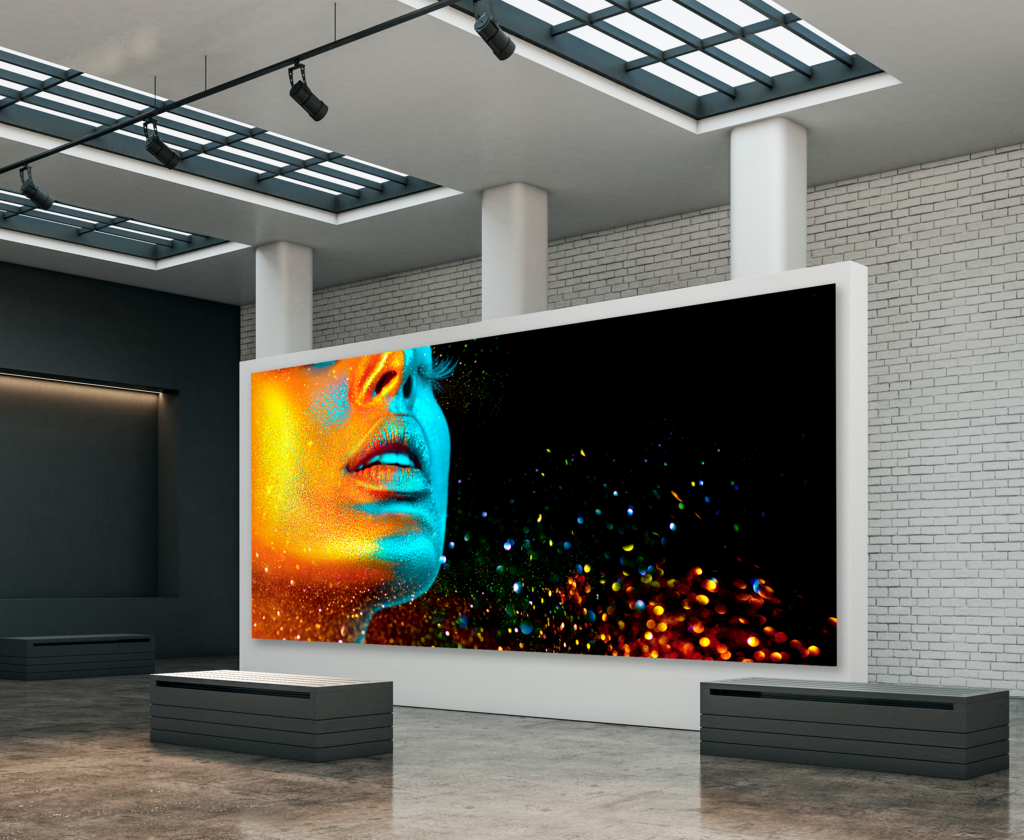Whether you follow closely or from a distance, the so-called “crypto space”, NFT’s, is getting more popular and gained international exposure with recent events.
If you are not familiar with the term, NFT stand for Non-Fungible Tokens, a unique piece of what can be created as a multitude of formats: art, music, video, where the ownership and intellectual property are recorded in the blockchain, and the payment of those can be made via cryptocurrencies.
Last week, Sotheby’s auction house saw a skyrocketing NFT sale of a known artist collective going up to more than 26 million dollars for this digital art. For instance, many celebrities, such as well-known NBA players, displayed their art on Twitter.
NFTs even have an online marketplace, and one of the most common ones is Opensea, and if you pay close attention to the art section, most of the formats are 21:9 in portrait mode, very high resolution.
How do you display NFT art correctly?
Unlike classic framed art, new forms of creations require new forms of display, even though some basics have to be respected. The very first physical NFT art gallery opened in Chicago, using displays for the showcase.

Credit : ImNotArt
If you are an NFT art dealer or recently acquired art of your own, you want to showcase it in the most impactful way possible. When it comes to displaying high-resolution, rich content, two main things must be respected: luminosity & resolution.
With our 5K resolution, allowing almost three million more pixels than usual 4K displays, a skyrocketing luminosity with of 600cd per sq/2, and whooping close 180° viewing angle, our Pana 21:9 5K LCDs are your best way to treat your NFTs with the quality of display they are deserving!

If you are interested in anything you’ve read, please send us a message at sales@jupiter.com.



